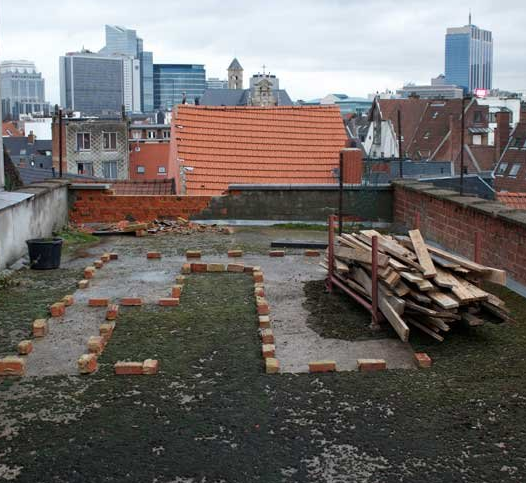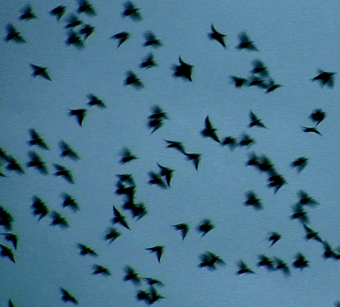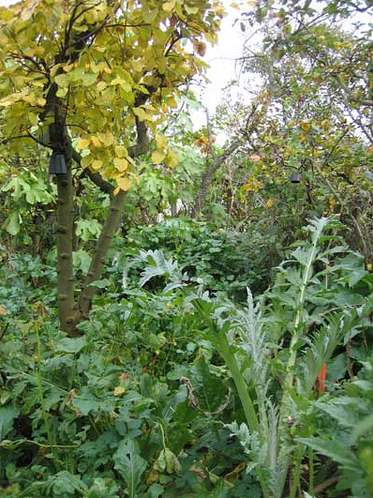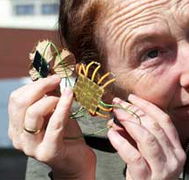During a few sunny spring weekends we work with a bunch of friends to install the farm on the parking rooftop Dansaert2, and to bring the farm to its full capacity: 44 containers of 125cm x 125cm. The containers are palox europallets, recycled from small fruit&vegetable companies. They are made of hard oad wood. We customize the containers on different heights, suitable for growing herbs, greens, roots and small trees.
The construction workers next doors help us to bring up soil and other materials with their crane. When the basic outline is nearly ready and the hardest work is done, Continue reading









